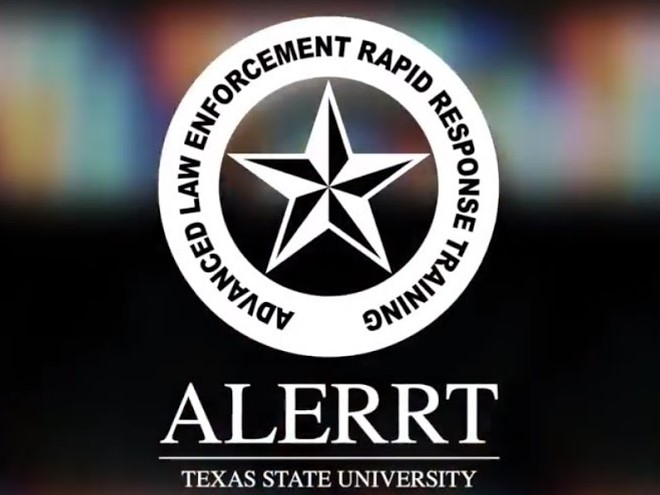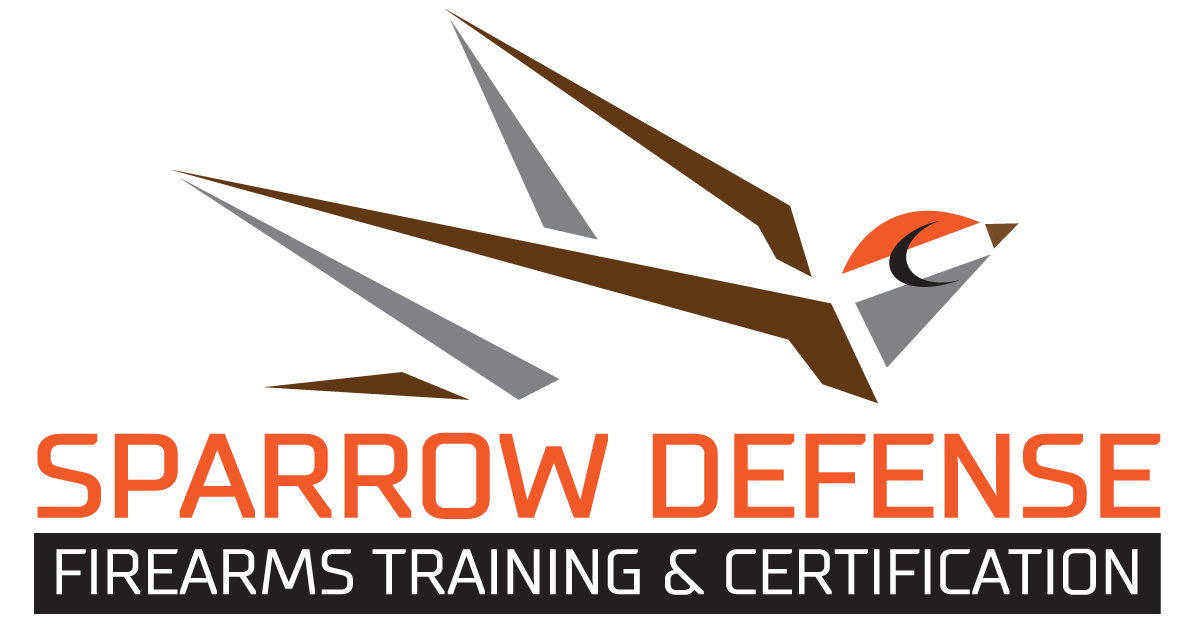
ALERRT Training: Observations
This week I attended the Level 1 ALERRT (Advanced Law Enforcement Rapid Response Training) class for the second time. ALERRT focuses on tactics accessible to the average law enforcement officer responding to an Active Killer event. Ideally, any officer having gone through the training should be able to function when thrown in with officers from neighboring jurisdictions. By design, ALERRT puts officers of varying skill levels and technical proficiency together. A "contact team" of responding officers may include a school resource officer, a SWAT officer, a plain clothes investigator, an administrator, and a beat cop.
The ALERRT program plugs into a larger framework, and allows for scaling of resources based on the nature and extent of the threat, the resources at hand, and the need to communicate with and deploy resources such as fire services, medical services, hostage negotiators, SWAT, and bomb squads. I recently went through the DHS / FEMA Active Shooter Incident Management (ASIM) course, which uses the standardized tactics and language found in ALERRT. ALERRT is the gateway into that system, and defines a common language and set of tactics.
Topics of instruction include solo officer and small group tactics, basic room clearing techniques, mechanical breaching, familiarization with explosive devices, communication and link-up, and formation of immediate action plans once the shooting has been stopped. Multiple force-on-force scenarios using paint munitions are conducted on the second day. In an ideal world, the course would be longer and foster a more in-depth understanding of each topic, but that would limit the number of officers who would be rotated through it.
I've noticed a few things in each run-through of the course (and others) that I thought were worthy of note:
- It's hard to stay together. Shooters of varying skills are going to have different processing speeds for tasks such as room clearing, threat ID, and movement to a location. Hence, movement down the hallway or through a room can be tricky. As a solo responder, I can go at my pace and work the problems as I see them. As a member of a team with whom I practice regularly, we move at the speed we've set during prior training. As someone driving a team of unknowns, I need to constantly verify that I'm using a speed where everyone stays together. It's maddening to move at a regulated pace while driving to the sound of gunfire, but having more resources/officers available makes it safer for everyone involved.
- Clearing rooms requires constant practice. It took me a long time to trust a buddy to enter a room and cover my back. As the first guy in the room, I'm at risk no matter what I do. The second person in the door has the task of clearing the area I can't see and protecting me from any threats on his side. Shooters with minimal training inside structures are going to hesitate during a room entry more often than not. Even those who don't may not be able to focus on their area of responsibility because of distractors such as bodies, debris, and furniture within the room. When working with someone I don't know, I try to clear as much of the room as possible from outside, then take the largest part of the unknown area for myself.
- You will get shot in the hands. In every force-on-force encounter where I actually exchanged rounds with someone, I've been hit in the hands. While I write this, I've got bruises on the thumb, forearm, and bicep of my primary hand. I got those bruises in about 1.5 seconds of an exchange with one of the scenario bad guys. The last time, I took three rounds just about on top of each other in the middle knuckle of my primary hand. If you're not training to shoot effectively with your non-dominant hand, you're wrong.
While by no means the entirety of what I took away this go-around, the observations above are ones that I see time and again. Personally, any feedback on my practical shooting and tactics ability improves my understanding of what I can and can't do. As a supervisor and an instructor, these same courses provide me with a performance analysis for my officers, which in turn guide my training agendas.
